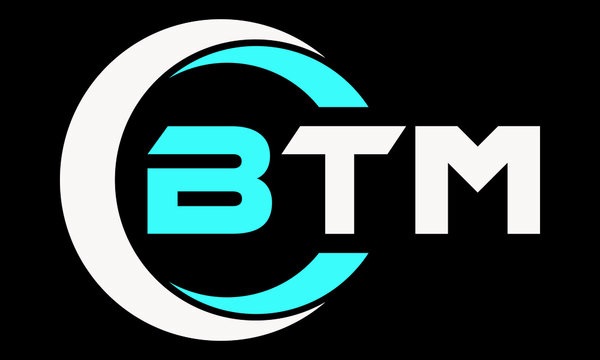Capturing a screenshot is an essential skill in today’s digital age. Whether you’re saving important information, sharing visual content, or troubleshooting a technical issue, screenshots make it easy to capture what’s displayed on your screen. While the process of taking a screenshot may vary depending on your device, operating system, or the purpose, it’s simple to learn and execute. This article will guide you through the steps to take a screenshot on various devices, including computers, smartphones, and tablets, and offer tips for making the most of this handy feature.
What Is a Screenshot?
A screenshot, also known as a screen capture or screengrab, is an image of whatever is displayed on your screen at a given moment. Screenshots can capture everything from an entire screen to a specific portion of it, making them useful for saving content, creating tutorials, reporting issues, or even sharing fun moments from your devices.
Why Are Screenshots Important?
Screenshots have become a vital tool for both personal and professional use. Here are some common scenarios where screenshots come in handy:
- Documentation and Troubleshooting: Screenshots help capture error messages or software bugs to share with tech support or colleagues.
- Sharing Visual Content: Whether you want to share a funny social media post or show someone a specific screen layout, screenshots are a quick and effective way to communicate visually.
- Saving Information: Screenshots can act as temporary reminders for content that you can’t save directly, such as online receipts, charts, or maps.
- Creative Work: Screenshots are often used in presentations, blogs, or instructional guides to illustrate points effectively.
Now, let’s delve into how you can take screenshots on different devices.
How to Take a Screenshot on a Computer
For Windows PCs:
Windows offers multiple ways to capture screenshots. Below are the most common methods:
- Using the Print Screen (PrtScn) Key:
- Press the
PrtScnkey to copy the entire screen to the clipboard. - Open an image editor (like Paint), paste the image (
Ctrl + V), and save it.
- Press the
- Capture a Specific Window:
- Press
Alt + PrtScnto capture the active window. Paste the screenshot into an editor and save it.
- Press
- Using Snipping Tool or Snip & Sketch:
- Open the Snipping Tool or Snip & Sketch from the Start menu.
- Choose the type of snip (rectangular, free-form, window, or full-screen) and select the area you want to capture.
- Keyboard Shortcut for Snip & Sketch:
- Press
Windows + Shift + Sto open the snipping overlay. Select the desired portion of the screen and save it.
- Press
For Mac Computers:
Mac users also have convenient options for taking screenshots:
- Capture the Entire Screen:
- Press
Command + Shift + 3. The screenshot will automatically save to your desktop.
- Press
- Capture a Selected Portion:
- Press
Command + Shift + 4, then drag the crosshair to select the area you want to capture.
- Press
- Capture a Specific Window:
- Press
Command + Shift + 4, then hit theSpacebar. Click on the window to capture it.
- Press
- Use the Screenshot App:
- Open the Screenshot app by pressing
Command + Shift + 5. This tool allows you to capture the entire screen, a portion of the screen, or record video.
- Open the Screenshot app by pressing
How to Take a Screenshot on Mobile Devices
For Android Devices:
- Standard Method:
- Press and hold the
PowerandVolume Downbuttons simultaneously. - The screen will flash, and the screenshot will be saved to your Photos or Gallery app.
- Press and hold the
- Gesture-Based Screenshots:
- On some Android phones, swipe three fingers down the screen to capture a screenshot.
- Using Quick Settings:
- Swipe down from the top of the screen to access Quick Settings, then tap the “Screenshot” button.
For iPhones and iPads:
- On iPhones with Face ID:
- Press the
Side ButtonandVolume Upbutton at the same time.
- Press the
- On iPhones with Home Button:
- Press the
Home ButtonandSide Buttontogether.
- Press the
- Editing Screenshots:
- After capturing, tap the thumbnail at the bottom-left corner to edit or annotate the screenshot before saving it.
Tips for Better Screenshots
- Use Built-In Tools: Many devices offer built-in editing tools to crop or annotate screenshots immediately after capturing.
- Third-Party Apps: For advanced features, consider using apps like Snagit, Lightshot, or Greenshot.
- Keep Screenshots Organized: Create folders to store your screenshots, making it easier to retrieve them when needed.
- Respect Privacy: Be cautious when sharing screenshots containing sensitive or personal information.
Conclusion
Capturing a screenshot is a straightforward yet powerful technique that enhances communication, troubleshooting, and documentation in everyday life. With multiple methods available across different platforms, you can quickly adapt to your device and specific needs. Whether you’re a beginner or an experienced user, mastering screenshots will save time and improve your productivity. Try out the steps above to take your first—or your best—screenshot today!






